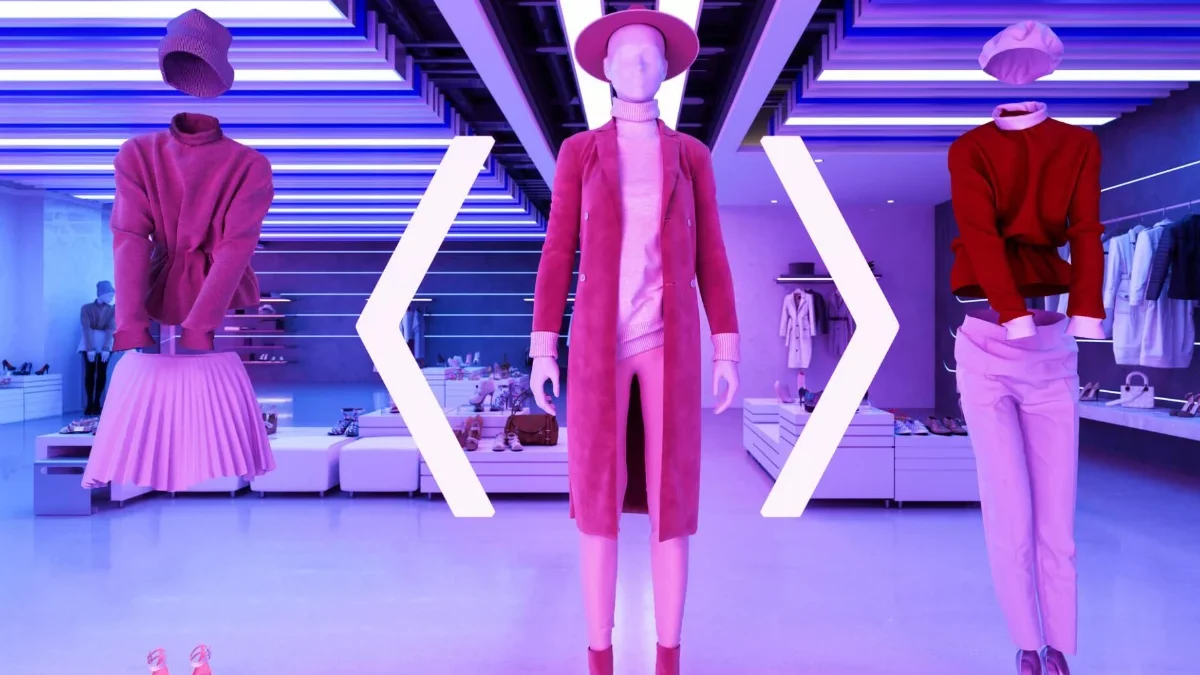Table of Contents
Introduction
The fashion industry, a multibillion-dollar global enterprise devoted to the corporate of making and selling clothes. Some viewers distinguish between the fashion industry (which makes “high fashion”) and the apparel industry (which makes ordinary clothes or “mass fashion”). Still, by the 1970s, the boundaries between them had blurred.
Fashion is defined simply as the style or styles of clothing and accessories worn at any given time by groups. There may seem to remain differences between the luxurious designer fashions shown on the runways of Paris or New York and the mass-produced sportswear and street styles sold in malls and markets worldwide.
However, the fashion industry includes the design, manufacturing, distribution, marketing, retailing, advertising, and raising of all types of apparel, from the most rarefied and expensive haute couture and designer fashions to ordinary everyday clothing—from couture ball gowns to casual sweatpants. Sometimes the broader term “fashion industries” refers to myriad industries and services that employ millions of people internationally. Since you’re interested, you may also read this article: Floating Nightstand
About Fashion

Fashion is a form of creativity and autonomy expressed through clothing, footwear, lifestyle, accessories, makeup, hairstyle, and body posture at a specific time, place, and context. Likewise, the term refers to a fashionable look as defined by the fashion industry.
The fashion system makes everything considered fashionable available and popular (industry and media). Sustainability has become an urgent issue among politicians, brands, and consumers due to the increased mass-production of commodities and clothing at lower prices and global reach.
Fashion Trend
A fashion trend denotes a specific look or expression prevalent in a population at a particular time and place. As a result, a trend can emerge from street style, across cultures, and from influencers and celebrities. A trend is a more ephemeral look that is not defin by the seasons when the fashion industry releases collections.
Several factors influence fashion trends, including cinema, celebrities, climate, creative explorations, innovations, designs, and political, economic, social, and technological factors. A pest analysis remains used to examine these factors. Fashion forecasters can use this data to predict whether a trend will grow or decline. Since you’re interested, you may also read this article: Planet Fitness Columbus Ohio – Exercise Gym And More
Fashion Advertisements That Are Racist
Some fashion advertisements have remain accused of racism, prompting customer boycotts. In 2018, the globally recognized Swedish fashion brand H&M faced this issue with one of its children’s wear advertisements. The advertisement featured a Black child wearing a hoodie with the slogan “coolest monkey in the jungle.”
It immediately sparked controversy, as “monkey” is a slur against Black people, and many customers boycotted the brand. Many people, including celebrities, expressed their displeasure with H&M and their refusal to work with or buy its products on social media. H&M issued a statement saying, “We apologize to anyone this may have offended,” but it remained criticized for appearing insincere.
Conclusion:
The notion of fashion solely fulfilling a need is past, as the modern apparel industry finds its purpose in the conception, production, promotion, and marketing of style based on desire. Rendering to Fashion United, the industry has a workforce of 3,384.1 million. Its value remains equal to 3 trillion dollars. That means it agrees to 2% of the world’s Gross Domestic Product (GDP).

